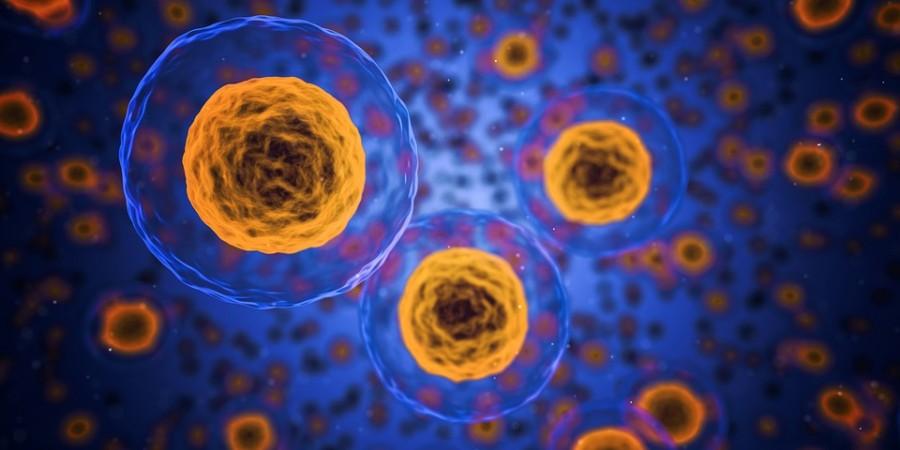
What if someone tells you that you can have the same power as that of Marvel superhero Deadpool? No, we are not talking about his witty sense of humour, that's too much to ask for, you need to get that naturally, we are talking about his accelerated healing power.
Scientists are trying hard to almost replicate it and they finally have some clues about it. We know that many amphibians have regenerative abilities, but among them, salamanders are the special ones as they have the ability to 'regrow' whole organs, including parts of the brain.
So, researchers at Karolinska Institutet in Sweden have recently managed to sequence the giant genome of a salamander, the Iberian ribbed newt, which is a full six times greater than the human genome.
Scientists believe that the early findings in the salamander's genome can help them understand its unique ability and one day, will allow humans to regrow their missing limbs.
In fact, it could also be the breakthrough which is needed to cure degenerative brain conditions including Parkinson's.
This is for the first time that an entire newt genome has been sequenced. One of the reasons why salamander genomes have not been sequenced before is because of its size.
Professor Andras Simon at Karolinska Institutet's Department of Cell and Molecular Biology said that it was possible now because currently "the technology is available to handle such a large genome."
"It will be exciting to figure out how regeneration in the adult organism re-activates embryonic genes," said Professor Simon.
"What's needed now are functional studies of these microRNA molecules to understand their function in regeneration," he added.
Previously, the scientists showed that salamanders can recreate all the cells that die in Parkinson's disease in the span of just four weeks. Now, they'll "delve deeply into the molecular processes underlying this ability."
Professor Simon said: "Although we're doing basic research, our findings can hopefully lead to the development of new regenerative strategies for humans."
He added: "However, I'm careful to say that our research is directly aimed at curing people. It is still a long-term goal.
The paper was published in Nature Communications.















